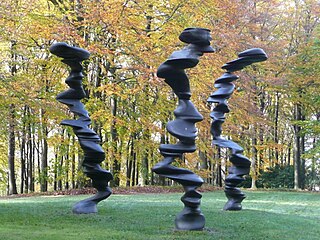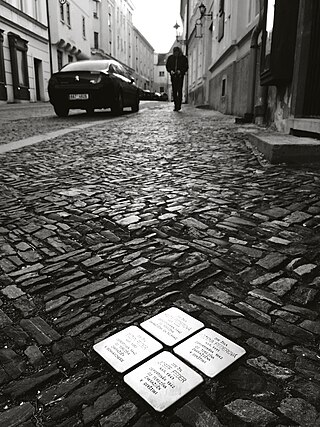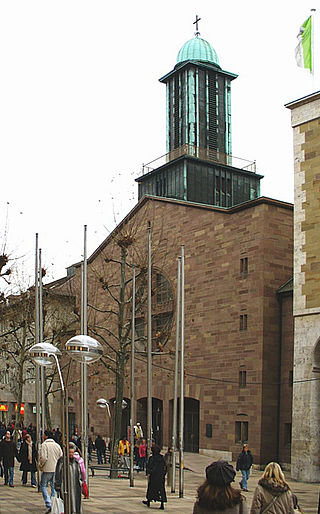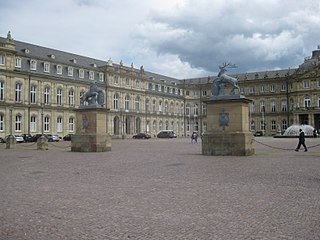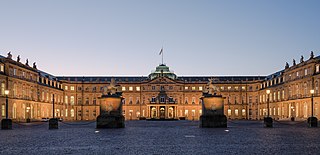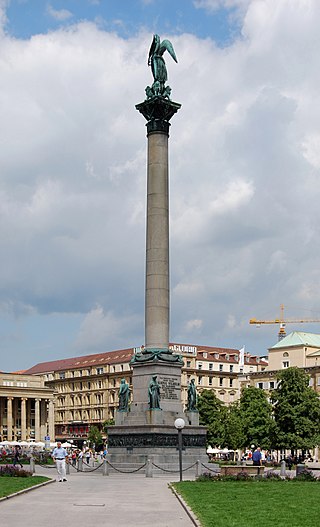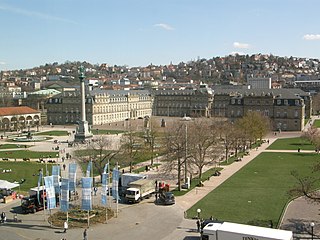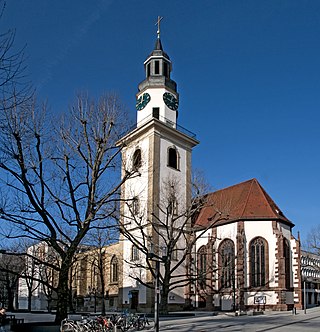Self-guided Sightseeing Tour #3 in Stuttgart, Germany
Legend
Guided Free Walking Tours
Book free guided walking tours in Stuttgart.
Guided Sightseeing Tours
Book guided sightseeing tours and activities in Stuttgart.
Tour Facts
7.9 km
216 m
Experience Stuttgart in Germany in a whole new way with our free self-guided sightseeing tour. This site not only offers you practical information and insider tips, but also a rich variety of activities and sights you shouldn't miss. Whether you love art and culture, want to explore historical sites or simply want to experience the vibrant atmosphere of a lively city - you'll find everything you need for your personal adventure here.
Activities in StuttgartIndividual Sights in StuttgartSight 1: St. Elisabeth
The Catholic parish of St. Elisabeth in the west of Stuttgart in the diocese of Rottenburg-Stuttgart is the largest Catholic parish in Stuttgart with about 9,500 members.
Sight 2: Johanneskirche
Get Ticket*Stuttgart-West is one of the five inner districts of the Baden-Württemberg state capital Stuttgart and is located in the western part of the Stuttgart basin, which forms a kind of bay. The district also includes the extensive forest areas Rotwildpark and Solitude and, in small parts, the Kräherwald. It is bordered in the south by the ridge of the Hasenberg and its extension, the Karlshöhe, and in the north by the ridge of the Kräherwald.
Sight 3: Universelles Leben
Universal Life is the name of a controversial new religious movement based in Marktheidenfeld, Germany, which is described by members as a part of the new revelation movement. The group was originally called Heimholungswerk Jesu Christi, but has been known as Universal Life since 1984.
Sight 4: Siebener Denkmal
The Seven Monument with the "Siebener-Brünnle" in Stuttgart (Rotebühl-/Herzogstraße) is a monument with an obelisk and was erected in honour of the soldiers of the Infantry Regiment Kaiser Friedrich, King of Prussia (7th Württemberg) No. 125 who died in the First World War according to a design by the sculptor Fritz von Graevenitz and consecrated in 1927.
Sight 5: Postplatzbrunnen
The Postplatzbrunnen is a fountain in Stuttgart, Germany.
Sight 6: Tagblatt-Turm
Tagblatt-Turm is a 61 m (200 ft), the 16-storey skyscraper in Stuttgart, Baden-Württemberg, Germany.
Sight 7: Museum Hegel-Haus
The Museum Hegel House is a museum in Stuttgart, Germany.
Sight 8: Markthalle
Die Markthalle Stuttgart wurde 1914 im Stadtzentrum Stuttgarts eröffnet. Heute ist die Markthalle ein Lebensmittelmarkt im gehobenen Preissegment. Sie bietet insgesamt 6800 Quadratmeter Nutzfläche für Dienstleister und Händler, davon im Erdgeschoss 3500 Quadratmeter für Verkaufsstände. 2010 existierten 37 verschiedene Verkaufsstände. Der stützenfreie Raum der Halle ist 60 Meter lang und 25 Meter breit. An der Sporerstraße und in der Markthalle befinden sich mehrere Restaurants.
Sight 9: Schiller-Denkmal
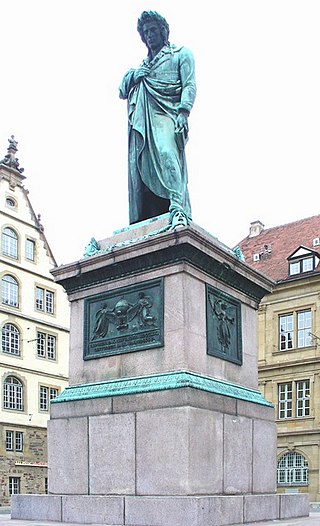
The Schiller Monument on Schillerplatz in Stuttgart was the first large poet monument in Germany and the first important Schiller monument. The statue, a major work of European sculpture of Classicism, was cast in bronze by Johann Baptist Stiglmaier in Munich after a model by the Danish sculptor Bertel Thorvaldsen. The architectural design of the monument was based on the plans of Nikolaus von Thouret and Gottlieb Bindesbøll. The unveiling of the monument took place in 1839.
Sight 10: Stiftskirche
The Stiftskirche is an inner-city church in Stuttgart, the capital of Baden-Württemberg, Germany. It is the main church of the Evangelical-Lutheran Church in Württemberg as well as the parish church of the evangelical (Lutheran) inner-city church district of Stuttgart.
Sight 11: Stuttgarter Hutzelmännlein
The Stuttgarter Hutzelmännlein is a fairy tale by Eduard Mörike and was first published in 1853. The Swabian word Hutzel has different meanings. In the narrower sense, it refers to dried pieces of fruit, which is why fruit bread, which is said to have been invented by the title character, is also called Hutzelbrot in Swabian.
Sight 12: Fruchtkasten
The so-called Fruchtkasten, a late Gothic stone building on Schillerplatz, is one of the oldest surviving buildings in Stuttgart. Nowadays, the house is used as a part of the Württemberg State Museum as the House of Music in the Fruchtkasten.
Sight 13: Landesmuseum Württemberg
The Landesmuseum Württemberg is the main historical museum of the Württemberg part of the German state of Baden-Württemberg. It emerged from the 16th-century “Kunstkammer” of the dukes, later kings, of Württemberg who resided in Stuttgart. As a museum it was founded in 1862 by King William I.
Sight 14: Schwebender Merkur
The Mercury Column is a former water tower in Stuttgart, which was built in 1598 according to the plans of Heinrich Schickhardt and has been crowned by a gilded statue of Mercury since 1862. The tower is connected to the northeast corner of the Old Chancellery, a building between Schillerplatz and Schlossplatz. The corner tower is designed as an Ionic column and carries a capital decorated with rich ornaments according to the design of Wendel Dietterlin, above which a grid-protected viewing platform is attached. The column ends in a stump with a hemisphere that a "floating Mercury" touches with one foot.
Sight 15: Stauffenberg Erinnerungsstätte
The Stauffenberg Memorial in Stuttgart's Old Palace is dedicated to the Hitler assassin Claus Schenk Graf von Stauffenberg and his brother and co-conspirator Berthold. The exhibition was initiated by the then Baden-Württemberg Minister of State Christoph Palmer and conceived and realised by the Haus der Geschichte Baden-Württemberg on behalf of the Baden-Württemberg State Foundation.
Wikipedia: Stauffenberg-Erinnerungsstätte im Stuttgarter Alten Schloss (DE), Website
Sight 16: Gedenkstätte für die Opfer des Nationalsozialismus
The Memorial to the Victims of National Socialism is a memorial on Stuttgart's Stauffenbergplatz in front of the Old Palace. The sculptor was Elmar Daucher.
Wikipedia: Mahnmal für die Opfer des Nationalsozialismus (Stuttgart) (DE)
Sight 17: Römisches Lapidarium
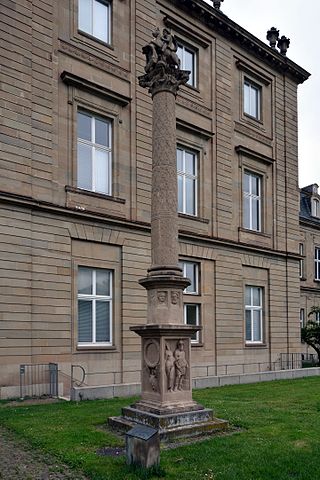
The Roman Lapidarium in the basement of the New Palace in Stuttgart is a more than 400-year-old collection of Roman stone monuments of the Landesmuseum Württemberg.
Sight 18: Jupitergigantensäule von Hausen an der Zaber
The Jupiter Giant Column of Hausen an der Zaber is a consecration monument to Jupiter and Juno, which a Roman citizen had erected around the year 200 on his estate in Hausen an der Zaber. During an excavation in 1964, the almost completely preserved remains of the column were recovered and placed in the collection of the Roman Lapidarium Stuttgart.
Wikipedia: Jupitergigantensäule von Hausen an der Zaber (DE)
Sight 19: Herkules
Hercules and Minerva are two colossal statues that flank the entrance portico of the main wing of the New Palace in Stuttgart on stone pedestals. In 1759, Pierre François Lejeune, the first sculptor of Duke Carl Eugen of Württemberg, created these statues of the divine hero Hercules and the goddess Minerva.
Wikipedia: Herkules und Minerva (Schlossplatz Stuttgart) (DE)
Sight 20: Hohe Carlsschule (Akademie)
Hohe Karlsschule was the strict military academy founded by Karl Eugen, Duke of Württemberg in Stuttgart, Germany. It was first founded in 1770 as a military orphanage, but then converted into a military academy in 1773 for the duke.
Sight 21: Haus der Geschichte Baden-Württemberg
The Haus der Geschichte Baden-Württemberg is a museum of the state of Baden-Württemberg in Stuttgart, Germany. It is located on the "Stuttgart Culture Mile" in Konrad-Adenauer-Straße between the Staatsgalerie and the University of Music.
Wikipedia: Haus der Geschichte Baden-Württemberg (DE), Website
Sight 22: Liebesvase
The Love Vase is a monumental decorative vase in sandstone by Friedrich Distelbarth in the chamber theatre wing of the Neue Staatsgalerie in Stuttgart. The vase is constructed in the style of the Medici vase and bears a bas-relief with the Allegory of the Ages of Love.
Sight 23: Points of View
Points of View is the title of a series of sculptures by sculptor Tony Cragg from 2002. The largest version of the works in this series consists of three columnar structures about 12.5 meters high, which are sometimes placed at the corners of an equilateral triangle. Numerous variants in different sizes and made of different materials can be found in several public and private locations and collections in Europe.
Sight 24: Galatea-Brunnen
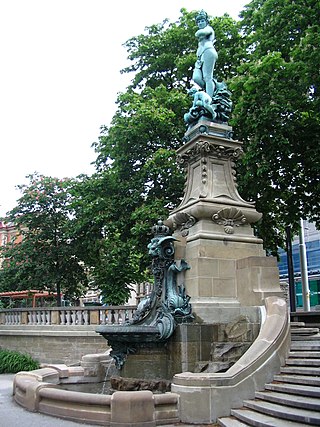
The Galatea Fountain is a fountain on a viewing platform at Eugensplatz in Stuttgart-Mitte. It was created in 1890 by the architect and sculptor Otto Rieth and the ore caster Paul Stotz (1850–1899) and is one of the most magnificent fountains in the city.
Sight 25: Dr. jur. Berthold Blum
A Stolperstein is a ten-centimetre (3.9 in) concrete cube bearing a brass plate inscribed with the name and life dates of victims of Nazi extermination or persecution. Literally, it means 'stumbling stone' and metaphorically 'stumbling block'.
Sight 26: Staatsgalerie
Get Ticket*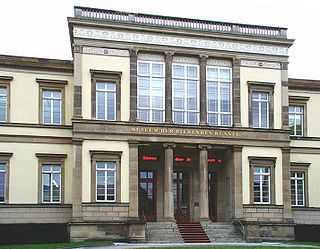
The Staatsgalerie Stuttgart is an art museum in Stuttgart, Germany, it opened in 1843. In 1984, the opening of the Neue Staatsgalerie designed by James Stirling transformed the once provincial gallery into one of Europe's leading museums.
Sight 27: Domkirche St. Eberhard
The Cathedral Church of St. Eberhard in Stuttgart has been the second cathedral church in the Diocese of Rottenburg-Stuttgart since 1978. In Rottenburg is the Cathedral of St. Martin. The survey was carried out on the occasion of the 150th anniversary of the diocese and its renaming to the Diocese of Rottenburg-Stuttgart.
Sight 28: Schlossplatzspringbrunnen
The two Schloßplatz fountains on Stuttgart's Schloßplatz were erected in honour of Wilhelm I of Württemberg.
Sight 29: Löwe
The deer and lion are two life-size statues that flank the entrance to the courtyard of the New Palace in Stuttgart on high granite pedestals. The two Württemberg heraldic animals were designed and modelled by the Stuttgart court sculptor Antonio Isopi, cast in iron at the Wasseralfingen ironworks and erected in 1823.
Sight 30: Neues Schloss
The New Palace Stuttgart is the former residence of the Dukes and Kings of Württemberg on the Schlossplatz in Stuttgart. The Baroque three-winged complex was begun in 1746 by Karl Eugen von Leopoldo Retti and completed in 1807 by Friedrich I of Nikolaus Friedrich Thouret. The staircase, the marble hall and the white hall are particularly noteworthy.
Sight 31: Jubiläumssäule
The Jubilee Column is a monument that was erected on the Schloßplatz in Stuttgart from 1841 to 1846 on the occasion of the 25th anniversary of the reign and the 60th birthday of King Wilhelm I of Württemberg. The column, with a total height of 32.6 meters, consists of a 9-meter-high pedestal with four reliefs with historical scenes and four allegorical figures at the corners, an 18.5-meter-high granite column and a 5.1-meter-high statue of the Roman goddess Concordia.
Sight 32: Schlossplatz
Get Ticket*Schlossplatz is the largest square in Stuttgart Mitte and home to the Neues Schloss which was built between 1746 and 1807. From its construction until the mid-1800s it was used as a military parade ground and not open to general public use. It stands next to two other popular squares in Stuttgart: Karlsplatz to the south and Schillerplatz to the south west. The Königstraße bisects the plaza from north to south.
Sight 33: Kunstmuseum
The Kunstmuseum Stuttgart is a contemporary and modern art museum in Stuttgart, Germany, built and opened in 2005.
Sight 34: Hospitalkirche
The Hospital Church is the third large medieval church foundation in the old town of Stuttgart and today the centre of the "Evangelical Hospital Parish of Stuttgart" within the church district of Stuttgart.
Share
How likely are you to recommend us?
Disclaimer Please be aware of your surroundings and do not enter private property. We are not liable for any damages that occur during the tours.
GPX-Download For navigation apps and GPS devices you can download the tour as a GPX file.
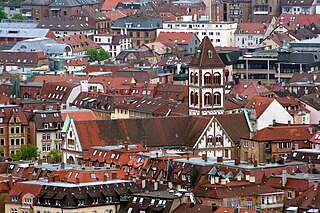
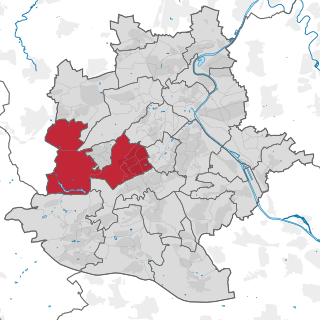
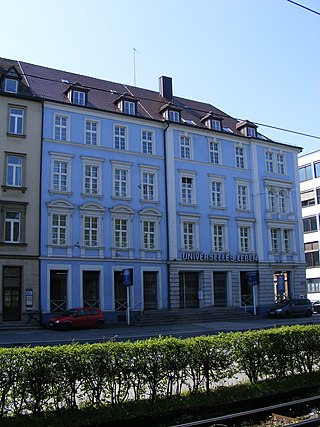
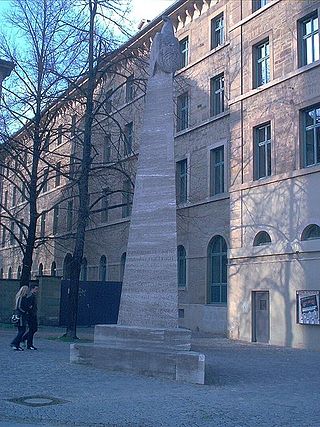
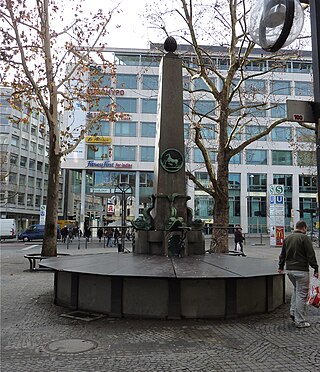
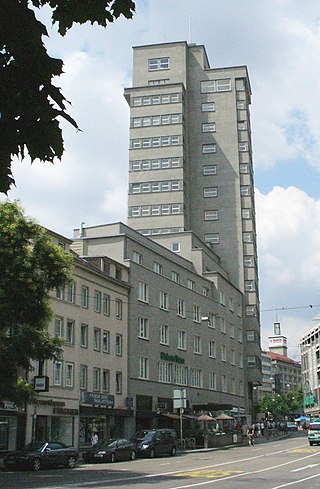
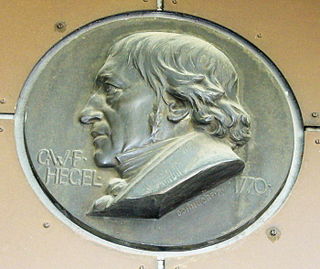
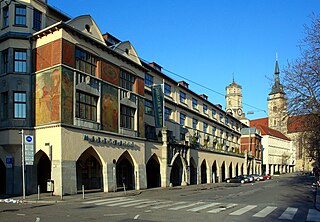
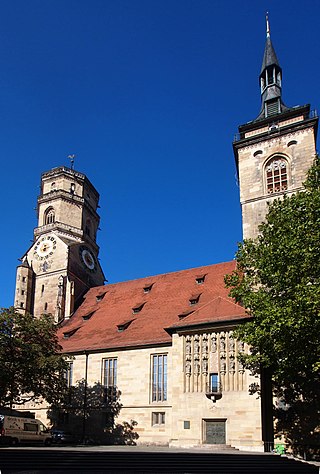
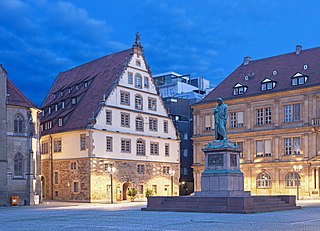
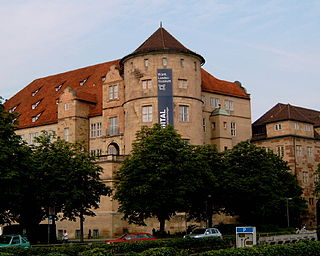
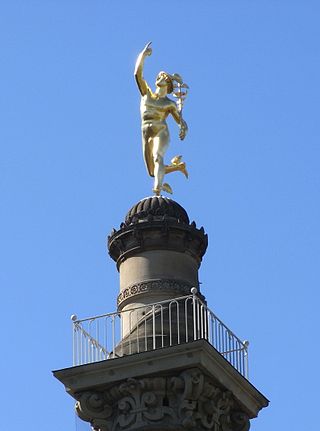
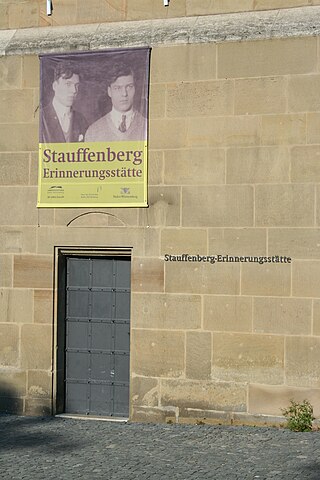

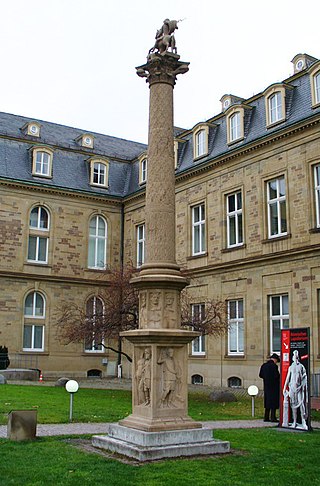
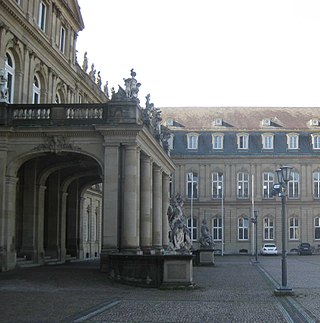
.jpg)


